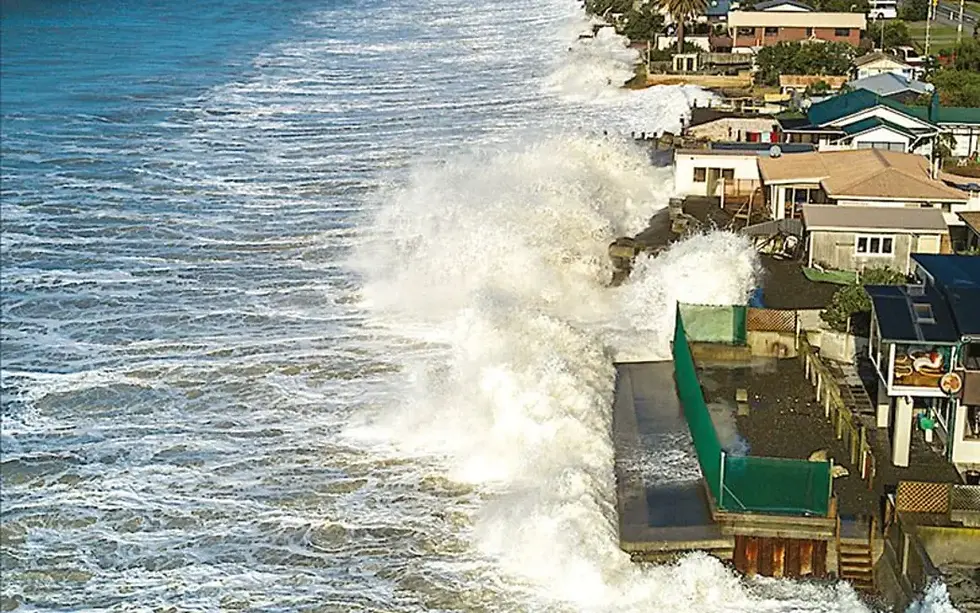Real Estate: Little Island vs. Delta City Park
- charlotteselve8
- 2 sept. 2023
- 2 min de lecture
Floating parks are emerging as innovative and sustainable solutions to urban green space challenges.
Two remarkable examples, Little Island in New York and Delta City Park in Rotterdam, showcase the beauty and versatility of these aquatic oases.
In this article, we'll dive into the details of both projects, highlighting their unique features and comparing their contributions to urban living.
Little Island: A Green Jewel in the Big Apple
Location: New York City, United States
Designer: Heatherwick Studio
Completion: 2021
Key Features:
Floating Amphitheater: Little Island is a verdant oasis built on an undulating platform that appears to float above the Hudson River. Its centerpiece is a spectacular amphitheater that hosts live performances, creating a unique cultural space.
Sculptural Design: The park's distinctive design includes 132 tulip-shaped concrete "pots" that support the landscape. These pots not only provide structural stability but also serve as planters for a diverse array of flora.
Botanical Diversity: Little Island boasts a rich collection of trees, shrubs, and flowers, offering a lush environment for visitors to explore. It's a haven for nature lovers in the heart of the city.
360-Degree Views: The park's elevated pathways provide panoramic views of the Hudson River, the skyline, and the surrounding urban landscape, making it an ideal spot for sightseeing.
Delta City Park: Rotterdam's Aquatic Gem
Location: Rotterdam, Netherlands
Designer: DeltaSync and Blue21
Planned Completion: Ongoing
Key Features:
Floating Community: Delta City Park is not just a park but a vision for a floating community in response to rising sea levels. It aims to create a sustainable and resilient living environment.
Modular Construction: The park's design is based on modular platforms that can be adapted to different needs. These platforms could house homes, businesses, and, of course, green spaces.
Climate Adaptation: Rotterdam is known for its vulnerability to sea-level rise, and Delta City Park is part of the city's strategy to adapt to these challenges. The park's design incorporates water storage and flood resilience.
Urban Farming: The park envisions urban farming as a key element, promoting self-sufficiency and sustainable food production for its future residents.
A Comparative Look:
Purpose: Little Island primarily serves as a public park and cultural venue, while Delta City Park is an ambitious project aimed at addressing climate change and urban housing needs.
Design: Little Island showcases an iconic, sculptural design that captivates visitors, whereas Delta City Park prioritizes modular and functional construction with adaptability in mind.
Sustainability: Both projects incorporate sustainability, but Delta City Park goes further by aiming to create a resilient and self-sustaining floating community.
Location: Little Island is a standalone park in New York City, offering a unique escape from urban life. Delta City Park is an integral part of Rotterdam's climate adaptation strategy, reflecting a broader urban planning approach.
In conclusion, both Little Island and Delta City Park exemplify the innovative potential of floating parks and structures. Little Island captivates with its artistry and public appeal, while Delta City Park embraces sustainability and resilience in the face of climate change.
These projects showcase how urban design can harmonize with nature and adapt to future challenges, inspiring us to reimagine the possibilities of our urban spaces.
Whether you seek a serene escape or a sustainable future, floating parks like these offer something for everyone.


Commentaires